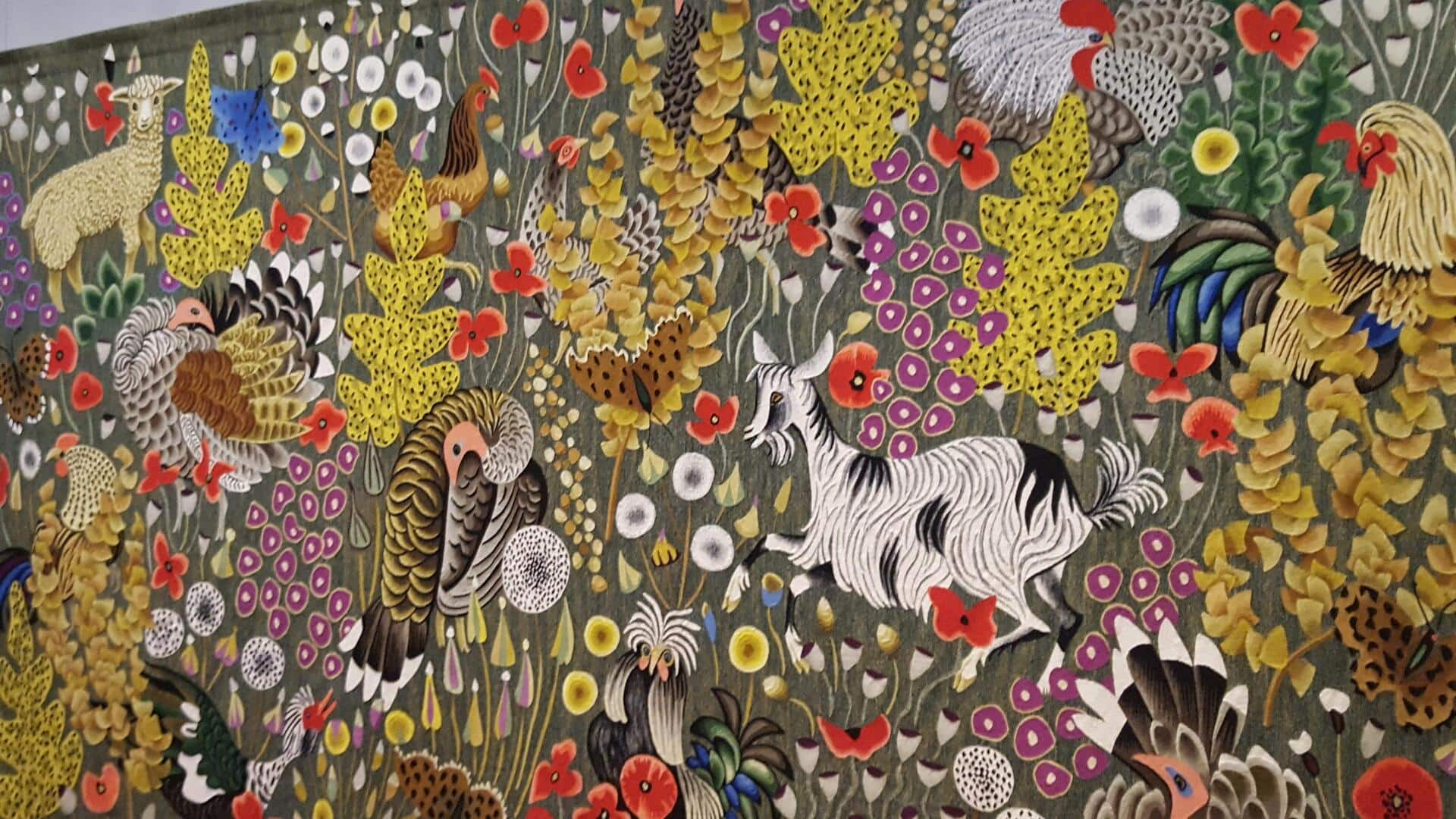
Weaving wonder: Icons of tapestry art
What's the story
Tapestry art, a centuries-old textile art form, entails the weaving (either by hand or machine) of complex designs and images, often used for wall decoration. This article features profiles of some of the most impactful artists in the tapestry world, highlighting their contributions and the importance of their work in shaping the evolution of this art form.
Pioneer
The Renaissance revivalist: Jean Lurcat
Jean Lurcat, originally a painter, became a defining figure in 20th-century tapestry art when he turned his focus to tapestries in the 1930s. He brought vibrant colors and modern themes to the medium, while also simplifying the weaving process to make it more approachable for other artists. His innovative work sparked a renaissance in tapestry art, establishing techniques that continue to be used today.
Innovator
A modern touch: Sheila Hicks
Since the 1950s, American artist Sheila Hicks has been pushing the boundaries of tapestry and fiber art with her innovative use of materials and techniques. She has challenged the conventions of traditional weaving by incorporating unconventional materials like linen, silk, and cotton. Her work, characterized by vibrant colors and textural complexity, has successfully blurred the lines between craft and contemporary art.
Narrator
The Storyteller: Grayson Perry
Grayson Perry is a British artist who creates tapestries that depict complex social issues and human behavior. His series The Vanity of Small Differences comprises six large tapestries that narrate a modern-day morality tale about class mobility and consumerism. Perry's work is characterized by narrative depth, intricate imagery, and satirical edge, positioning him as one of the most compelling storytellers in contemporary tapestry art.
Visionary
Embracing tradition: Magdalena Abakanowicz
Magdalena Abakanowicz, a Polish sculptor and fiber artist, achieved international acclaim for her Abakans, large-scale textile sculptures that challenged conventional definitions of sculpture and tapestry. These abstract, monumental works employed unconventional materials, confronting and reshaping established norms. Her groundbreaking work not only catapulted fiber arts to museum status worldwide, but also served as a powerful tribute to the weaving traditions of her homeland.
Environmentalist
Sustainability woven in: Christy Matson
Christy Matson is an American artist who incorporates sustainability into her tapestry practice by utilizing eco-friendly materials such as organic cottons or recycled fibers. Her pieces are distinctive, combining traditional weaving techniques with digital technology to create intricate patterns that echo nature's complexity. Matson's dedication to sustainability extends beyond material selection, infusing her very inspiration and design process.